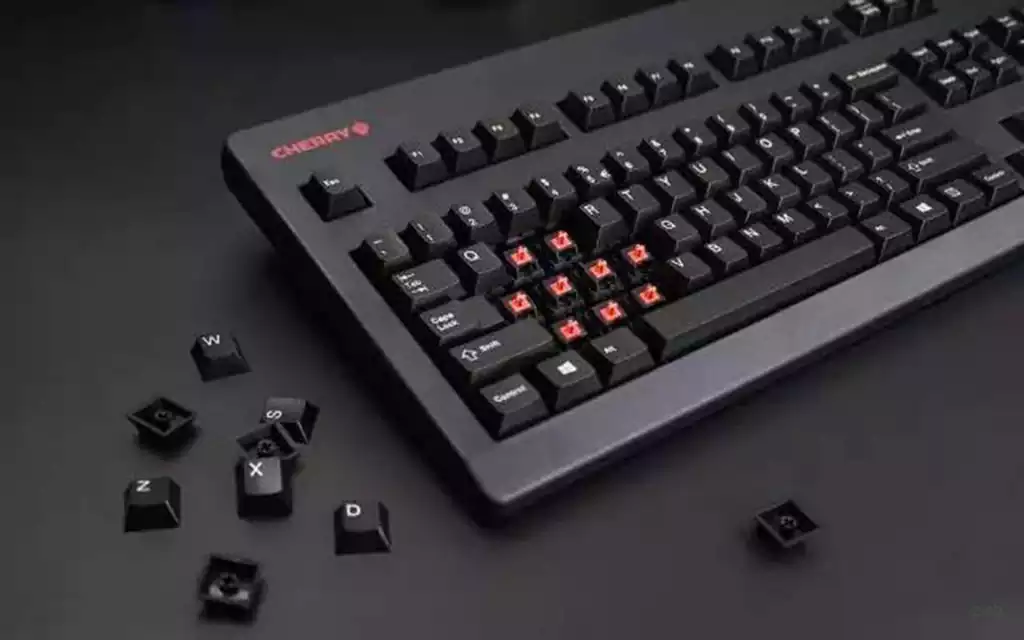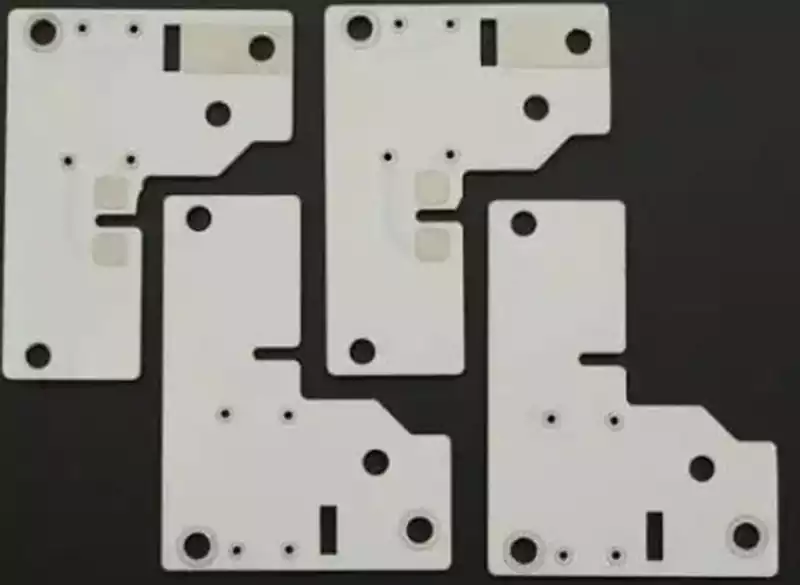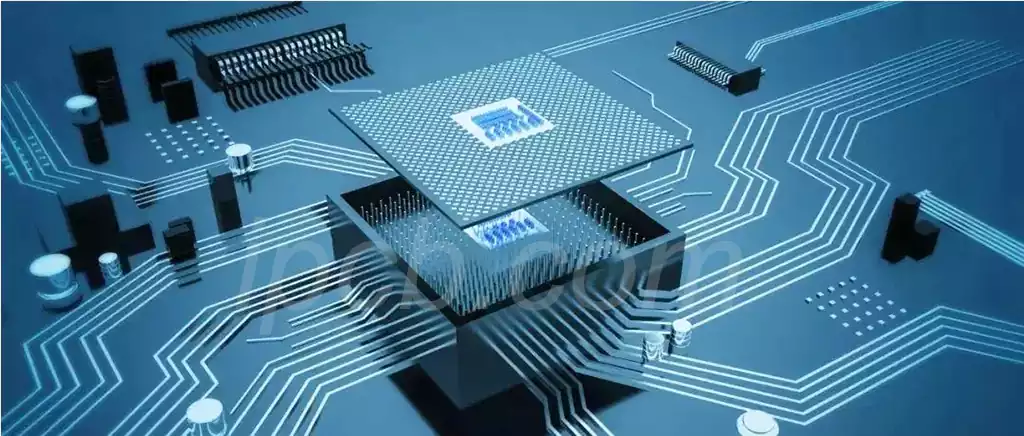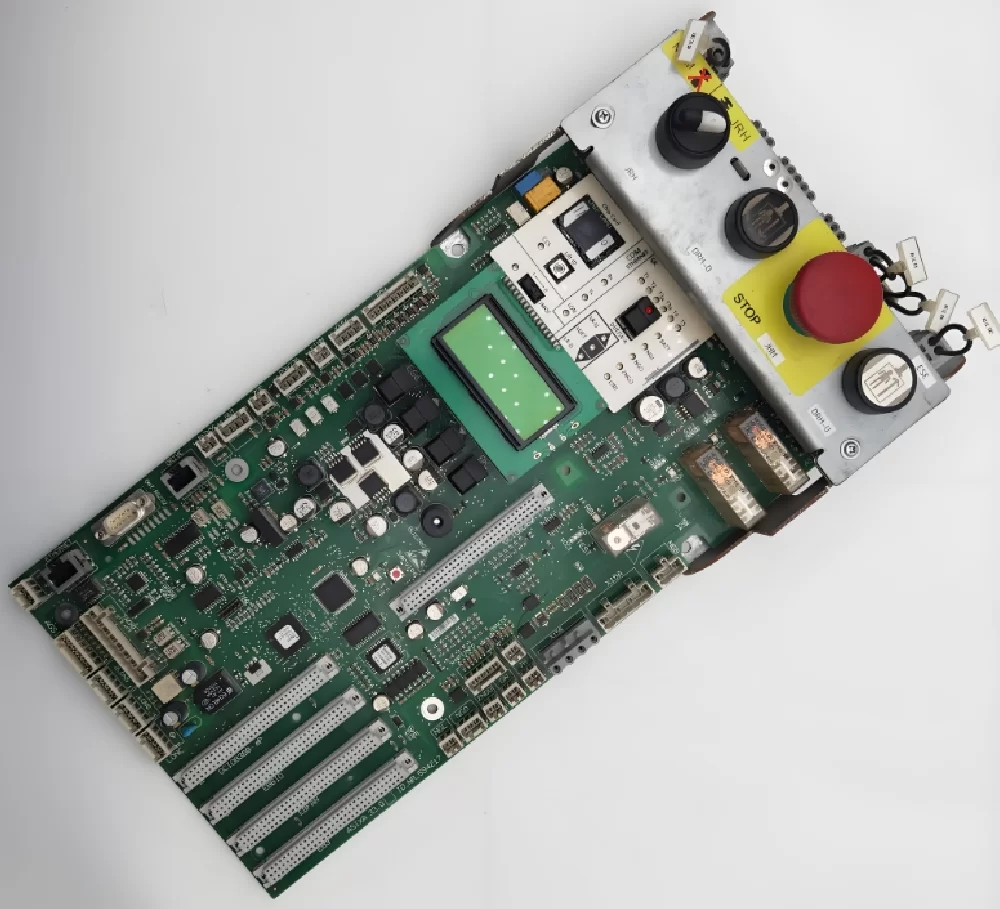Mechanical keyboard PCB refers to the circuit board used by the mechanical keyboard, it is the key component to realize the input signal of the key to be transformed into the electrical signal that can be understood by the computer and transmitted to the computer for further processing.PCB consists of three main parts, namely, the processor, the scanning circuit and the matrix.
The processor, also called a microprocessor, is an electronic chip that processes computer instructions and sends information to it. It is located on the PCB inside the keyboard. The processor receives input from the computer and sends it to the scanning circuit.
The scanning circuit is made up of a set of interconnected transistors that receive signals from the data lines that run with each key on the keyboard. When one of these lines is activated, it sends an electrical signal to the transistors within the scanning circuit. The transistors then activate switches on each key on the keyboard and send information to the processor.
The matrix is another set of interconnected transistors that receive signals from the rows and columns where each key on the keyboard is located. When one or more keys are pressed at a time, they send signals through their respective rows and columns to four additional transistors in the matrix.
The additional transistors then send signals through different paths to activate switches on each key on the keyboard and pass the information back to the processor to be converted into actions by software on the computer or mobile device.
The working principle of a keyboard PCB board is actually quite simple. When we press a key on the keyboard, the contacts inside the key turn on the corresponding circuit on the PCB board. This circuit will transmit the signal to the main control chip, and then the main control chip recognizes the location of the key and the signal, and sends it to the computer through USB or Bluetooth, etc., to finally complete our input operation.
The design of the keyboard PCB board is also very important. A good design can make the keyboard more stable, sensitive and durable. In the process of PCB board making, we need to consider many factors such as circuit layout, signal transmission, anti-static and so on, to ensure the normal operation and long-lasting use of the keyboard.

Component Layout
Component layout is a key step in keyboard PCB design, which determines the relationship between components and the reliability of signal transmission. Usually, the input and output ports and power and ground pins are arranged at both ends of the PCB board, which is conducive to the balance of signal transmission. In addition, for complex keyboard PCB boards, a modular layout should be used to divide the entire board into multiple functional modules to facilitate subsequent testing and maintenance.
Signal Impedance Control
Signal impedance control is one of the key technologies to stabilize and improve the transmission performance of the keyboard PCB board. Usually, in order to ensure signal quality and transmission effect, the signal impedance needs to be matched and controlled. For example, in the design of high-speed USB interface, the differential signal impedance needs to be stabilized at about 90 ohms to ensure the stability and reliability of high-speed data transmission.
Electromagnetic compatibility design
Electromagnetic compatibility (EMC) refers to the circuit board design to take into account the power supply noise, radiated noise, scattered interference and other issues to ensure that electronic equipment in a variety of operating conditions can work properly and not interfere with other equipment. In the design of the keyboard PCB board, you need to pay attention to as far as possible to separate the signal line and power line layout, while as far as possible to ground and isolate the source of interference, in order to ensure that the signal is correct and the stability of the keyboard.
Mechanical keyboard PCB as the core component of the mechanical keyboard, its design and working principle is not only related to the performance and stability of the keyboard, but also affects the user’s input experience. Through reasonable component layout, signal impedance control and EMC design, it can ensure that the keyboard can operate stably under various operating conditions, bringing users a smooth and accurate input experience.



